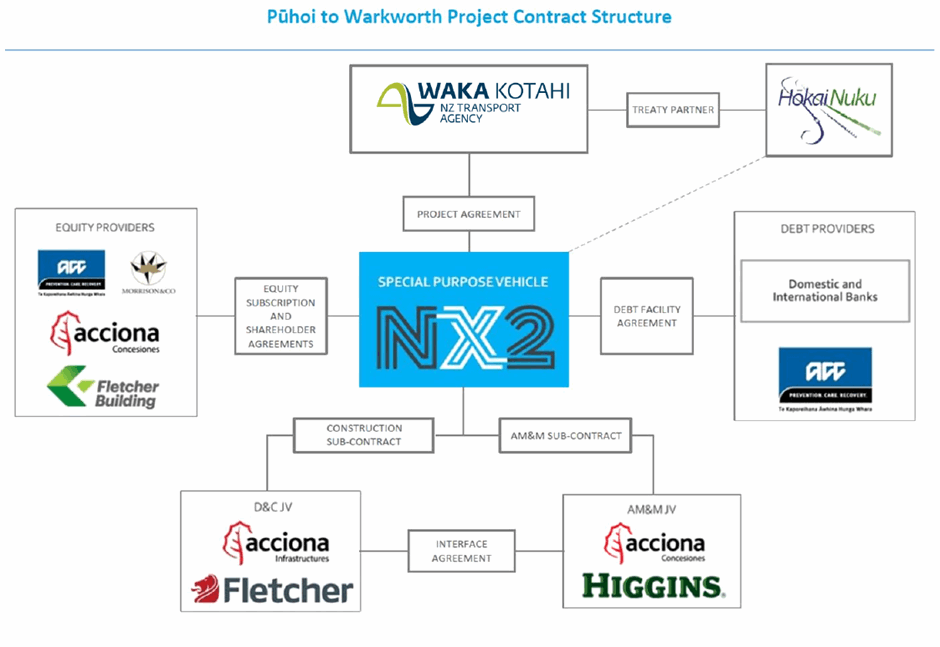Attribute: NX2
- All News
- Awards
- Clients
- Community Involvement
- Conferences
- Cost Measurement
- Cycling
- Environmental Sustainability
- Health & Safety
- Industry Engagement
- Infrastructure
- Intelligent Transport Systems
- People
- Projects
- Road Safety
- Update
- Water
- Workshops
RG Staff in the NX2 Team
| NAME
|
DATE
|
ROLE
|
| Martin Leak
|
Nov 2015 – Mar 2016
|
Independent Technical Advisor team to NX2 and potential funders during bid phase.
|
| Karen Fehl
|
Nov 2015 – Mar 2016
|
Independent Technical Advisor team to NX2 and potential funders during bid phase.
|
| Marcus Lin*
|
Nov 2015 – Mar 2016
|
Independent Technical Advisor team to NX2 and potential funders during bid phase.
|
| Mark Armstrong
|
Jan 2017 – Apr 2017
|
Change Notice 1 feasibility of the northern connection stub.
|
* No longer works for RG
RG Staff in the Waka Kotahi NZ Transport Agency Team
| NAME
|
DATE
|
ROLE
|
| Dr Carron Blom
|
2010-11 and 2022-23
|
Strategic Environmental advisory.
|
| Jon Patman*
|
Aug 2018 – Feb 2019
|
Iwi Liaison, Reporting.
|
| Mark Armstrong
|
Sept 2018 to present
|
Health and Safety, Document Review (Sch 8), Traffic Management Reviews, Environmental, Compliance gate keeper, Quality Assurance, Works Completion, Stage 4/4a delivery, Independent Reviewer liaison.
|
| Keith Swedhin**
|
Sept – Nov 2018
|
PM – Property & Public Relations.
|
| Marcus Lin*
|
Aug 2019 – May 2020
|
Risk Management process.
|
| Kirill Yushenko
|
Jan 2019 – Nov 2021
|
Concept of Operations, ITS Design Review, ITS Integration, ITS Delivery.
|
| Martin Leak
|
Feb 21 – Apr 22
|
Mentoring.
|
| Kathleen Munson
|
April 2021 to present
|
Risk, Commercial.
|
| Duncan Edgar
|
April 2021 to present
|
Property, Legalisation of project site, Establishing the operating site boundary of motorway, Landowner liaison, Resource consenting, Traffic Management.
|
| Kylie Eltham***
|
Jun 2022 to present
|
Environmental.
|
| Steve Griffith
|
|
Mentoring.
|
| Mike McConnell***
|
Jul 22 – Jun 23
|
Environmental.
|
| * No longer works for RG | ||
| ** Has since joined RG | ||
| *** Subcontracts to RG | ||




